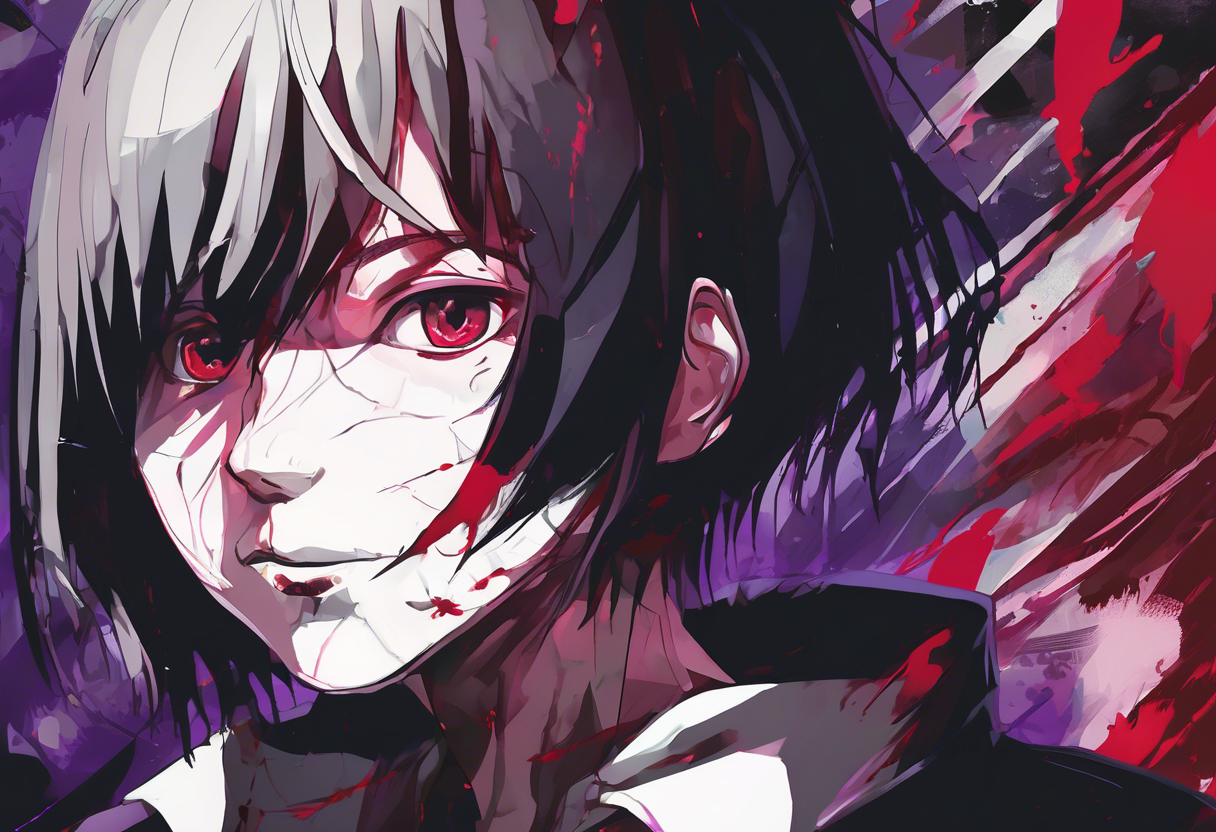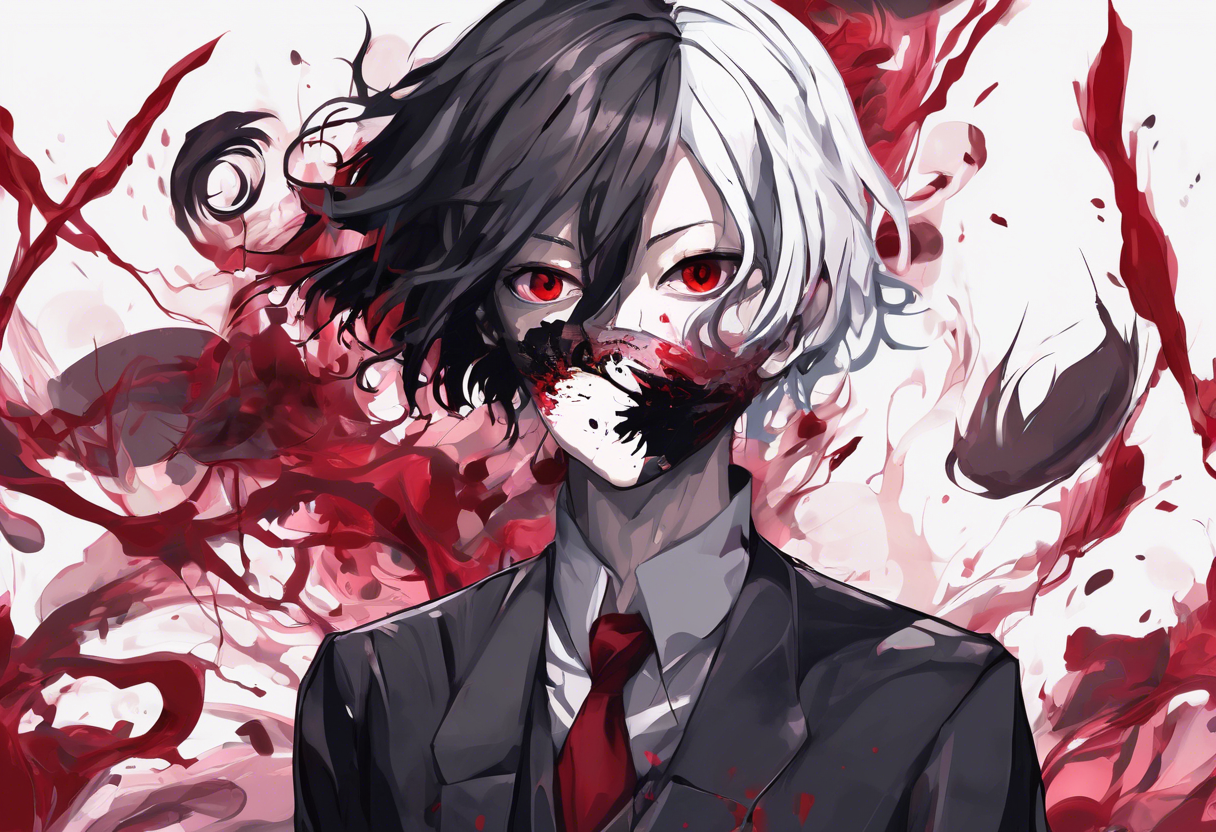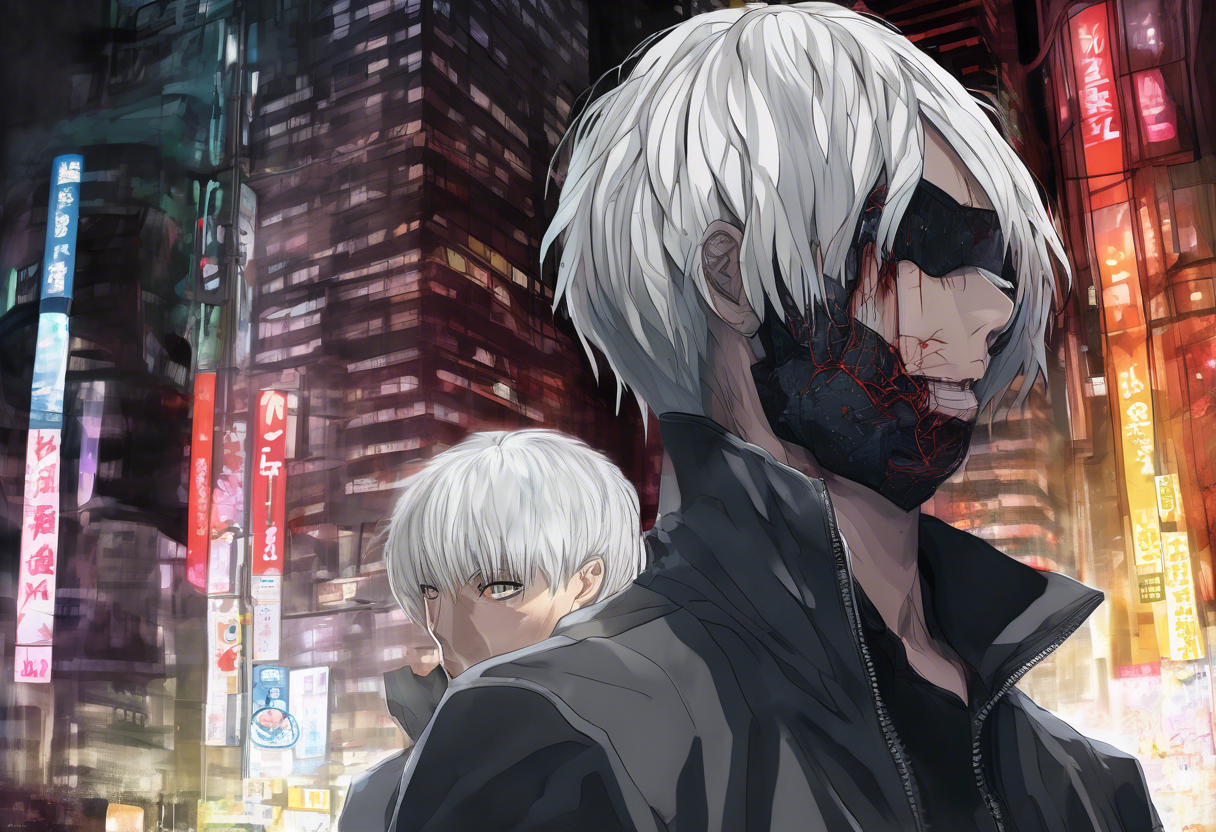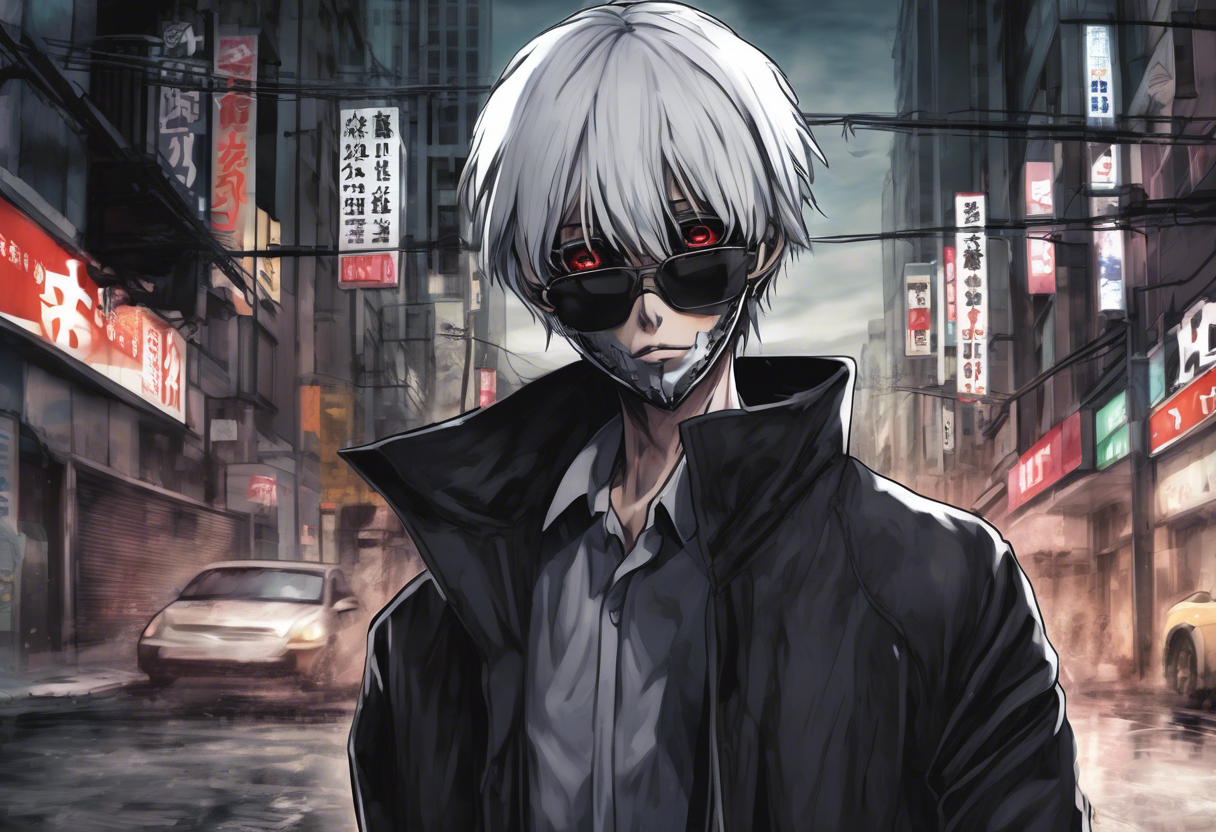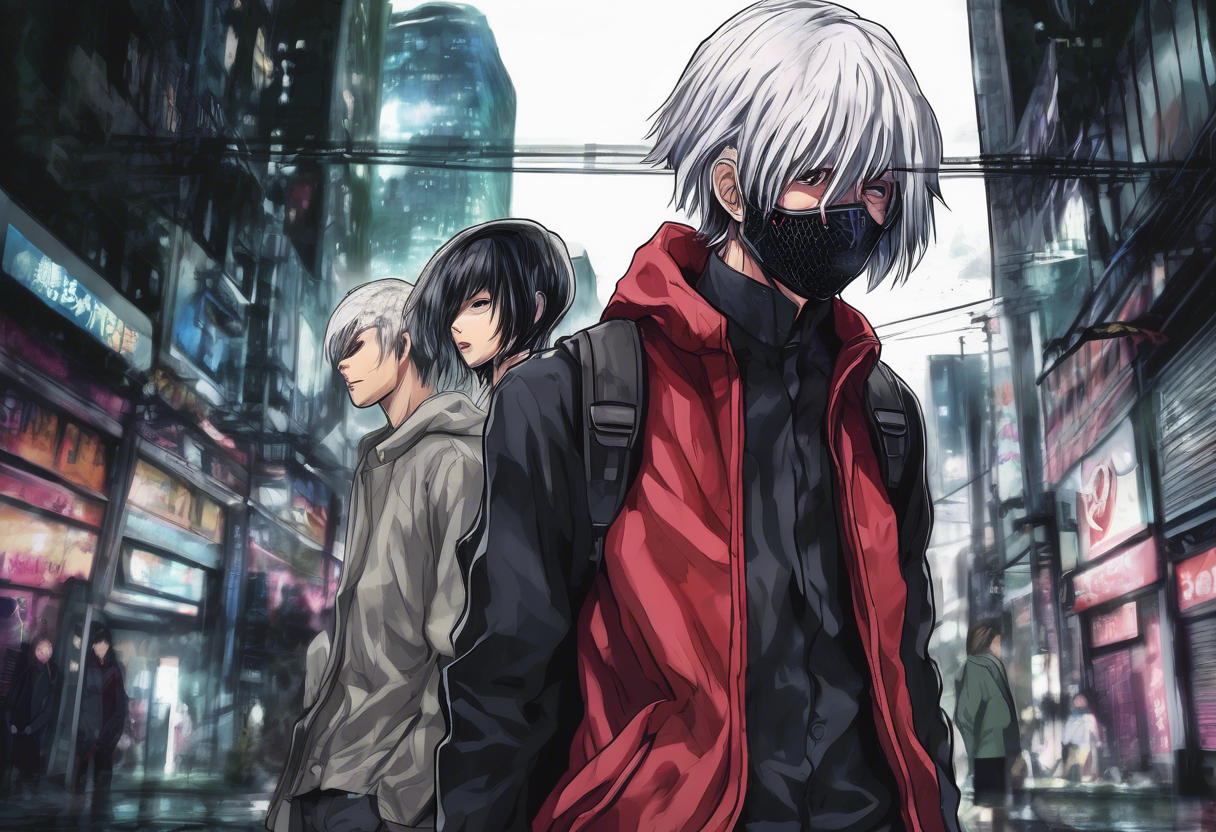Contents
Tokyo Ghoul √A – Episode 19: Permeation
Introduction
"Tokyo Ghoul √A – Episode 19: Permeation" is a pivotal episode in the second season of the anime series "Tokyo Ghoul," which is based on the manga by Sui Ishida. The episode was produced by Pierrot, a renowned anime production studio, and directed by Shuhei Morita. The screenplay was written by Chūji Mikasano, and the music was composed by Yutaka Yamada. This episode initially aired in 2015 as part of the "Root A" arc, which continues the story of Ken Kaneki and his struggles in a world where ghouls and humans coexist in a state of tension and conflict.
What sets "Permeation" apart is its deep dive into the psychological and emotional turmoil of its characters, particularly Kaneki, as he grapples with his identity and the moral implications of his actions. This episode is significant within the genre of dark fantasy anime for its exploration of themes such as identity, morality, and the blurred lines between human and ghoul.
Plot Summary
The episode begins with Hinami Fueguchi, a young ghoul who has become close to Ken Kaneki, expressing her concern over Kaneki’s disappearance. Hinami’s uncertainty about how to help Kaneki is a reflection of the broader confusion and fear that many ghouls feel in the face of the Commission of Counter Ghoul (CCG) crackdowns. Her worries are momentarily alleviated when Kaneki appears at Anteiku, the coffee shop that serves as a haven for ghouls in the 20th ward[2][5].
Meanwhile, Sen Takatsuki, a writer and ally to the ghouls, visits Anteiku and engages in a heartfelt conversation with Hinami. Takatsuki’s advice, though painful, is honest and reflects her own experiences and insights into the world of ghouls. This interaction highlights the complex relationships between characters and the emotional depth that the series is known for[1].
Kaneki’s return to Anteiku is marked by his ongoing struggle with his kakuja form, a powerful and terrifying transformation that ghouls can undergo. Haunted by the ghosts of Rize Kamishiro and Jason, Kaneki is tormented by his inability to control this form and the moral implications of his actions. This internal conflict is a central theme of the episode, as Kaneki grapples with what it means to be a ghoul and whether he can find a place in a world that seems determined to reject him[3].
The plot thickens as Takatsuki visits the CCG headquarters, where she interviews Shinohara and Suzuya, two key figures in the CCG. Her inquiry about the possibility of creating a human-ghoul hybrid is met with ambiguity, reflecting the CCG’s complex and often morally dubious stance on ghouls. This scene underscores the political and societal tensions that drive the narrative of "Tokyo Ghoul"[3].
As the episode progresses, the focus shifts to the battlefield where Hideyoshi Nagachika, Kaneki’s friend and confidant, is mortally wounded. Hide’s revelation that he knew Kaneki was a ghoul after Nishiki’s attack adds a layer of depth to their relationship and highlights the sacrifices that characters make for one another. The emotional weight of Hide’s condition and his eventual collapse in Kaneki’s arms is a poignant moment that underscores the human cost of the conflict between ghouls and humans[4].
Touka Kirishima, another key character, chases after Kaneki as he leaves the burning Anteiku, only to be stopped by Yomo, who reminds her of Yoshimura’s last request to protect her. This scene is crucial as it shows the bonds between characters and the sacrifices they are willing to make for each other. Kaneki’s decision to walk towards the CCG, carrying Hide’s body, sets the stage for a dramatic confrontation with Arima, a powerful and enigmatic figure within the CCG[4].
The final confrontation between Kaneki and Arima is intense and symbolic, reflecting the broader themes of identity, power, and the struggle for acceptance. The outcome of this battle is left uncertain, with Kaneki, Hide, and Amon vanishing, leaving only Arima unharmed. This cliffhanger ending keeps the audience engaged and curious about the fate of the characters[4].
Themes and Symbolism
"Permeation" is rich in themes and symbolic elements that contribute to its storytelling and resonance with audiences. One of the central themes is the struggle for identity, particularly for Kaneki, who is caught between his human and ghoul selves. This internal conflict is symbolized by his kakuja form, which represents the darker aspects of his nature and the fear of losing control.
The episode also explores the theme of morality, questioning what it means to be human or ghoul in a world where these distinctions are increasingly blurred. The CCG’s actions and the reactions of characters like Takatsuki and Yomo highlight the moral ambiguities and the need for empathy and understanding.
The setting of Anteiku, a place where ghouls can find solace and community, symbolizes a sense of home and belonging. The destruction of Anteiku serves as a metaphor for the loss of safety and the displacement of those who do not fit into societal norms.
Cultural Impact
"Tokyo Ghoul √A – Episode 19: Permeation" had a significant cultural impact upon its release. The episode’s intense emotional moments and dramatic plot twists resonated with audiences, making it a standout in the anime community. The series as a whole has influenced popular culture, with references in other anime, manga, and even music.
The episode’s themes of identity and morality have also been discussed in various forums and social media platforms, reflecting its ability to engage audiences on a deeper level. The series has been praised for its complex characters and its exploration of societal issues, making it a beloved and respected part of anime culture.
Critical Reception
"Tokyo Ghoul √A – Episode 19: Permeation" received positive reviews from critics and audiences alike. The episode was praised for its emotional depth, character development, and the intensity of its plot. Critics noted the episode’s ability to balance action and drama, creating a compelling narrative that keeps viewers engaged.
However, some critics pointed out the pacing issues and the complexity of the storyline, which can be overwhelming for new viewers. Despite these criticisms, the episode remains highly regarded for its contribution to the overall narrative of "Tokyo Ghoul."
Legacy
"Tokyo Ghoul √A – Episode 19: Permeation" continues to be relevant and influential in the world of anime. The episode’s exploration of complex themes and its emotional depth have inspired many filmmakers and artists. The series as a whole has left a lasting impact on the anime genre, pushing the boundaries of storytelling and character development.
The enduring popularity of "Tokyo Ghoul" is a testament to the power of "Permeation" and other episodes like it, which have captured the hearts and minds of audiences worldwide. As a piece of cinematic history, "Tokyo Ghoul √A – Episode 19: Permeation" remains a significant and memorable episode that continues to inspire and engage audiences.

